Tommy Major of whisky cask investment specialist VCL Vintners has outlined a strong case for putting some of your money into Scotland’s national drink. Here are his top 10 reasons why it’s a haven for savings.
1. Tangible assets provide security
It is important when looking for an asset class to choose something you are comfortable with and one that can also provide safety when investing.
Whisky is a tangible asset; purchasing a tangible asset you are familiar with creates security. When the investment’s lifetime ends, whisky can be sold or bottled.
Nontangible assets such as stocks or bonds will always hold a risk due to their liquid nature, whereas people will continue to drink whisky for years to come.
2. Whisky will remain valuable even through economic struggle
Many people’s biggest concern is their investments’ return. Whisky retains its value over time. It has proven to succeed throughout recessions and rises in inflation, making it a valuable asset in current times.
Whisky is now one of the globe’s best performing asset classes, with both prices and demand continuing to grow at a double-digit rate.
3. World economics won’t change the demand for whisky
After Russia was removed from several markets and a plethora of companies suspended operations in the country, many of these markets suffered.
But Scotch whisky trade was largely unaffected due to the multiple nations that contribute to the market.
Rising nations like Poland and Mexico control the market in terms of volume. This means that even when a large nation like Russia pulls out of the market or there are other world-changing economic events, whisky will see little faltering in its demand.
4. Whisky as an alternative asset diversifies your portfolio
With the rise in inflation and cost-of-living crisis, it is now more important than ever to invest in your long-term financial success by diversifying your investment portfolio.
Although the average investor believes they own a diverse portfolio due to their investments being in equities, Isas (individual savings accounts) and bonds, these sectors all link back to the same marketplace.
If a stock market crash were to happen, they would likely lose their entire portfolio because they failed to effectively diversify.
Investors need to focus on investing in other markets such as alternative assets which can create true security. You can always rely on people drinking whisky which will see cask prices continue to rise and sell quickly.
5. Whisky shouldn’t just be measured by supply and demand
The Wealth Report 2023 from Knight Frank showed whisky performed the least out of the top alternative assets in 2022. This is largely because the report was based on supply and demand rather than valued by its quality and age, by which whisky should be more preferably measured.
The increase in demand for whisky has boosted its value, and with distilleries not necessarily needing to meet this demand the asset class will continue to stay desirable.
6. Its maturation process will continue to add value over time
Whisky’s maturation process increases the value of whisky; the older the whisky, the better it will taste. This has made whisky a desirable asset class for investors because of its consistent yet gradual increase in bottle price based on the whisky’s age.
This is a fundamental difference, compared to other similar assets – such as wine – that
do not benefit from this process, due to its taste not always correlating with the ageing
process and running the risk of producing a bad batch.
7. Whisky’s tax advantages
Unlike other investments, whisky casks allow investors to potentially earn a larger profit as it is not subject to capital gains tax.
The tax write-off is a result of whisky being seen as a wasting asset because its lifetime is deemed to be under 50 years old.
Despite this, whisky will always increase in value over time. Being a tax-free investment, whisky casks are a great way to build a diverse investment portfolio in a more tax-efficient way.
8. India-UK’s free trade deal will increase the value of Scotch whisky
After tariffs fell from 600% to 150% in 2007, India became the highest importer of Scotch whisky by the bottle globally, even though in terms of value it is only the eighth biggest market in the world.
There have been talks of an India-UK free trade deal which could result in another tariff reduction. This would impact the whisky market, making Scotch a more valuable asset due to India adding to the demand and putting pressure on supply.
Although distilleries won’t be able to meet this demand, it will massively increase the value of Scotch whisky depending on the size of the tariff cut.
9. Diageo and Pernod increasing their prices will only add to whisky’s global demand
Pernod Ricard and Diageo have both recently announced plans to increase their whisky cask prices to counteract the rising costs in materials, energy and transportation because of inflation. This rise in price and limited stock will only make whisky more desirable, creating a more valuable asset class.
10. The image of whisky has changed
Whisky has stereotypically always been associated with being a man’s drink but in recent years, this narrative has drastically changed.
Recent reports have shown more women and younger generations drinking and investing in whisky.
The changing demographic has brought with it a growing number of consumers, resulting in added pressure on distilleries to meet this increase in demand.
Whisky has also become a more valuable asset to investors due to the premium prices that have resulted from the growth in demand.


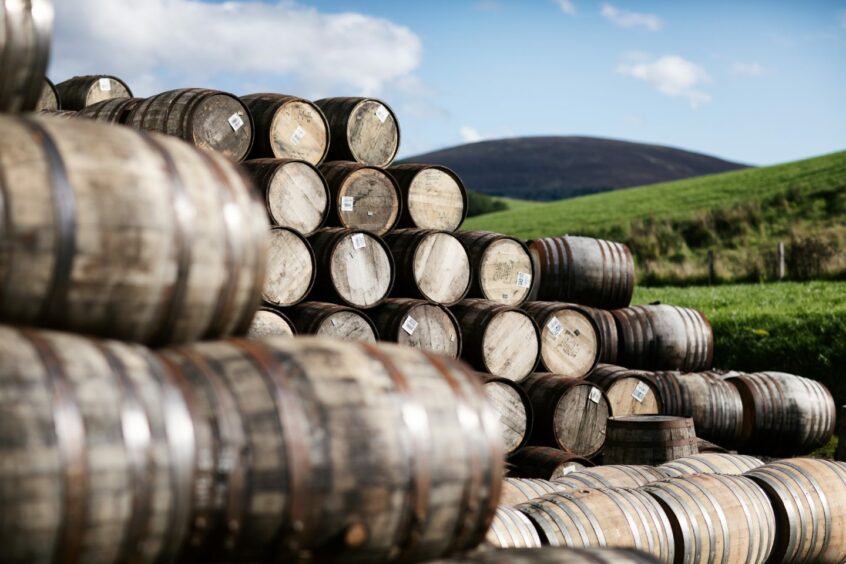


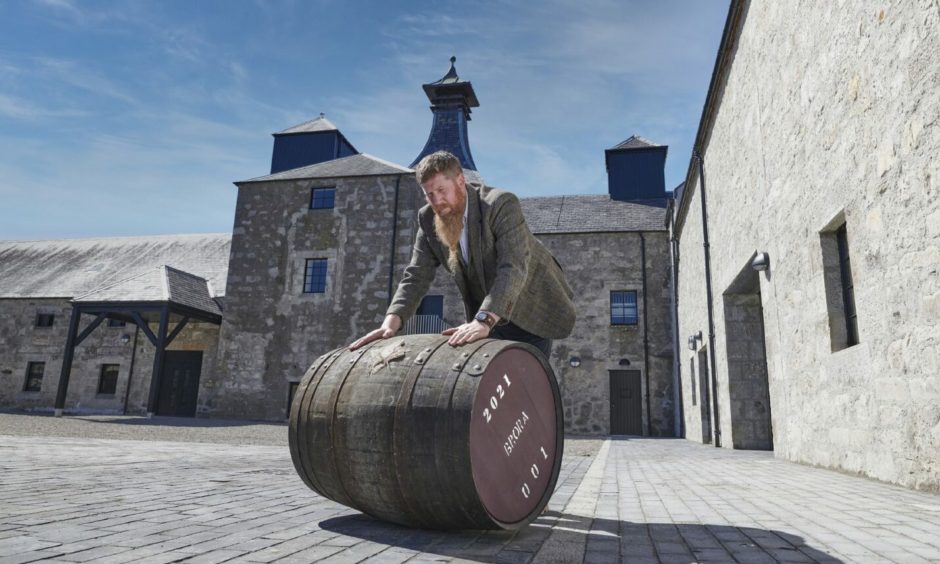
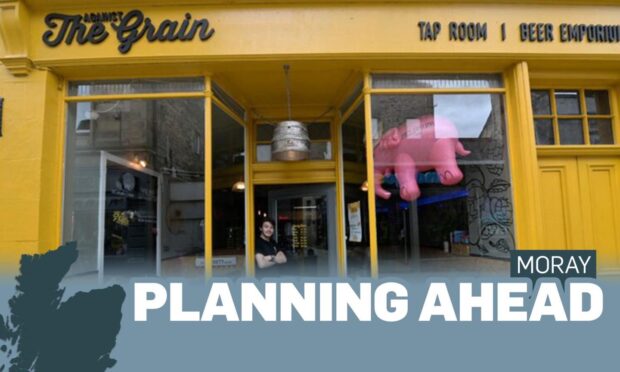
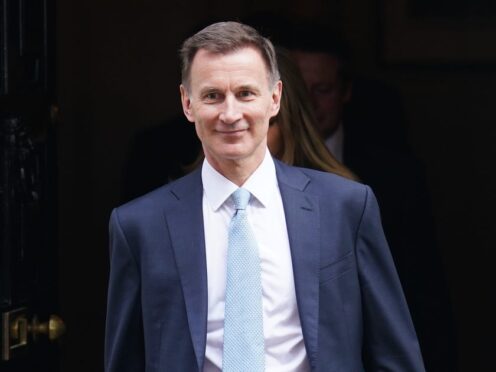





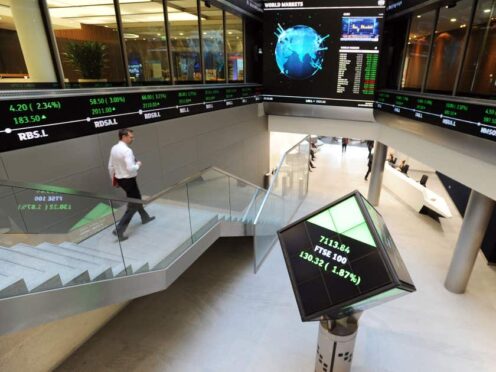

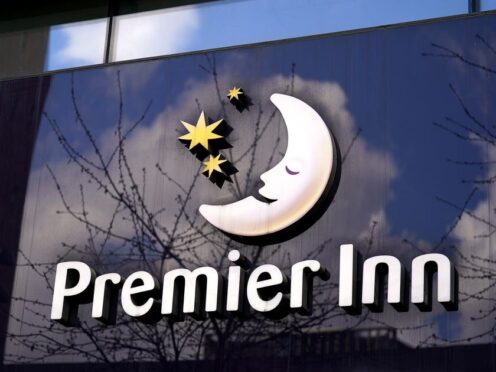
Conversation